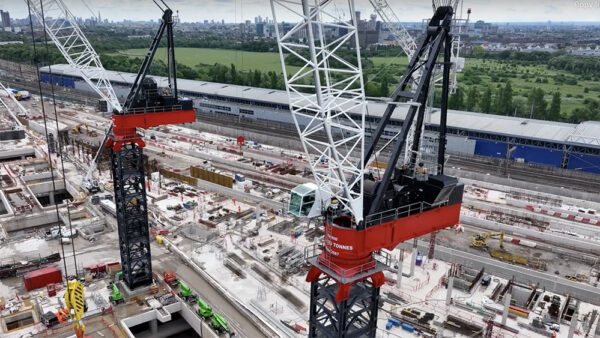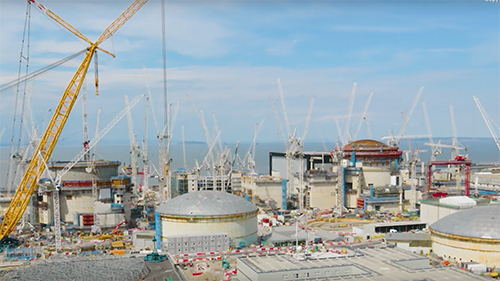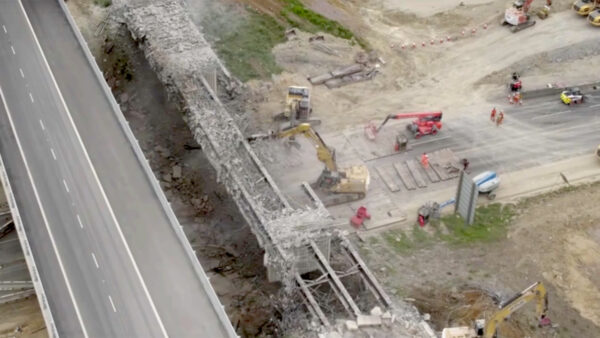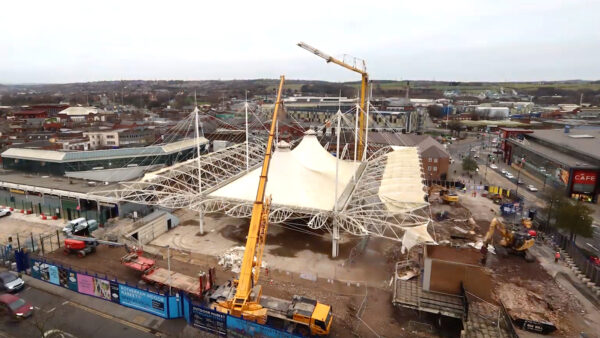Scottish Water is using LiDAR-equipped drones to more accurately survey its network of sewers. According to Scottish Water, the move removes people from potentially dangerous activity and reduces carbon emissions.
Scottish Water has more than 33,000 miles of sewers. Some, dating back to the Victorian era, have previously been difficult to access.
However, Scottish Water is overcoming this challenge by working with Caledonia Water Alliance (CWA), civil engineering trenchless specialist Environmental Techniques and drone manufacturer Good Friday Robotics.

Environmental Techniques developed the drones and associated software with CWA and Good Friday Robotics. Its aim is to improve sewer surveys and make them safer by reducing the number of workers needed to go below ground.
How it works
A worker controls or pilots the drone as it flies along the pipe and uses video for visual inspection and LiDAR for measurement. The outputs are then manually reviewed by operators to spot and code the defects.
The drones are adapted specifically for sewers and are made of carbon fibre to reduce weight and extend battery life.
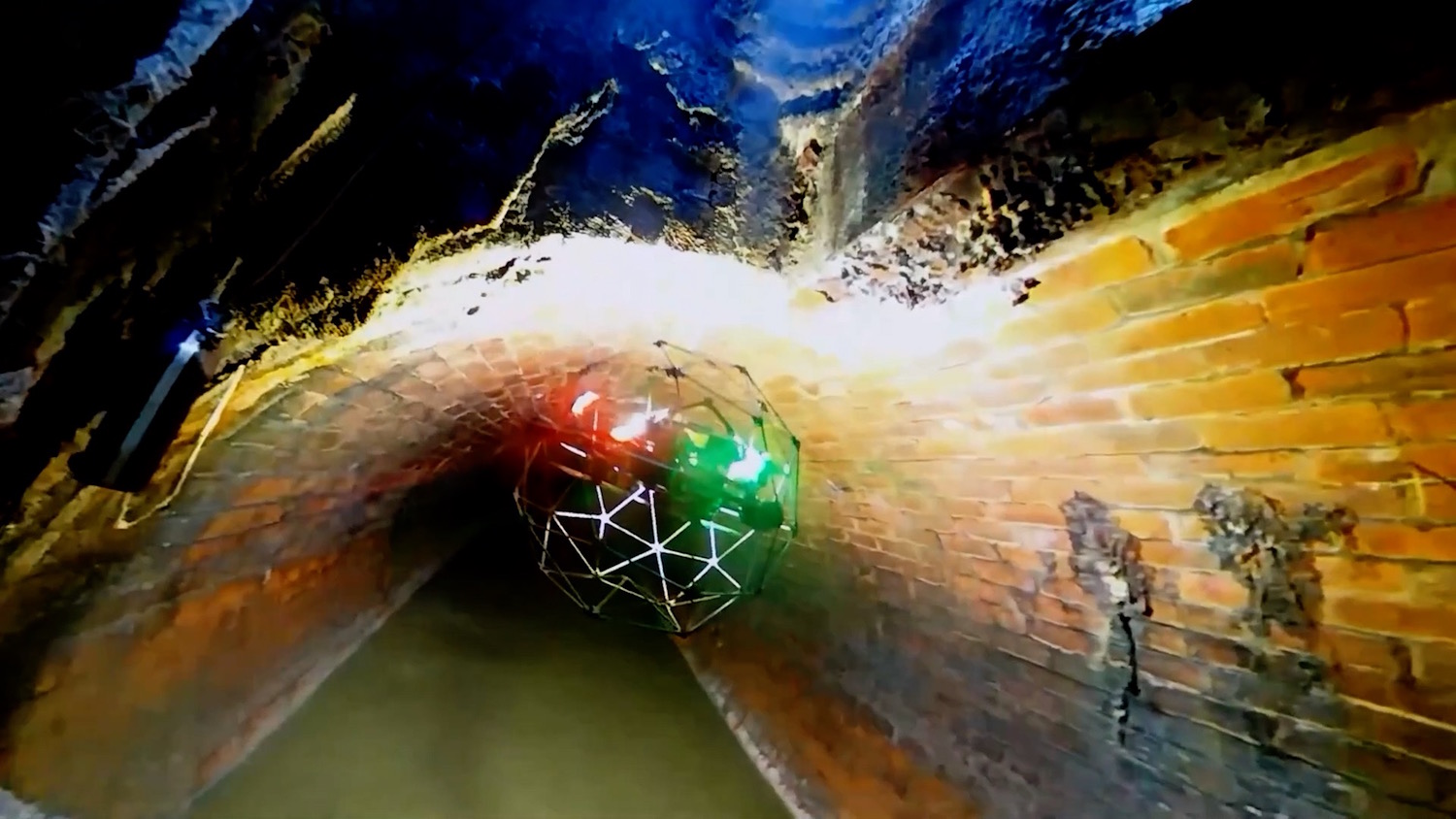
The drones were used for the first time on a large brick sewer in Glasgow city centre in July. They are set to be rolled out to Glasgow, Edinburgh, Aberdeen and some rural areas.
Sewer inspections seek to identify issues such as cracks, holes, partial collapses, infiltration and root ingress.
The benefits
Iain Jones, risk and lifecycle planning manager at Scottish Water, said: “This is the first time we’ve used drones adapted for sewers and LiDAR together for sewer surveys and we are really excited about it.
“We want to improve the accuracy of our surveys. For safety reasons, we want to reduce the number of workers needed to carry out survey work inside sewers. The drones do both and they will also help us in our aim to reach net-zero carbon emissions by 2040.
“Factors such as depth, flows and debris can significantly slow down a worker entry survey in a way that does not affect the drones.
“Because of the reduction in the number of workers involved, a large number of site vans and vehicle deliveries are not required, so carbon emissions are reduced.”



